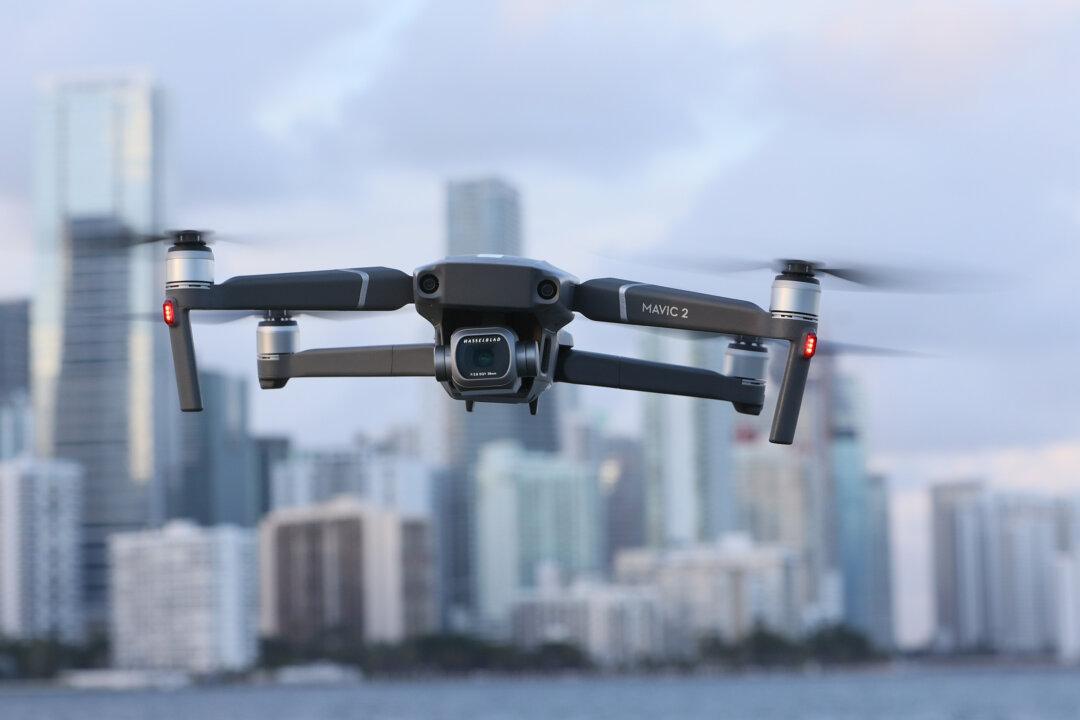While the use of Chinese drones has been either restricted or outright banned in various countries due to security issues, they continue to be employed by numerous South Korean governmental agencies and state institutions. This situation has drawn sharp criticism from several lawmakers, who are urging for more stringent regulations.
Ku Jakeun, a member of the South Korean National Assembly representing the ruling People Power Party (PPP), recently unveiled data from the Ministry of National Defense. The information showed that from 2017 to 2021, the Moon Jae-in administration procured approximately 60 Chinese-made drones. Although these are currently deployed for educational and anti-drone target practice by the military, no new purchases have been made since 2022.






